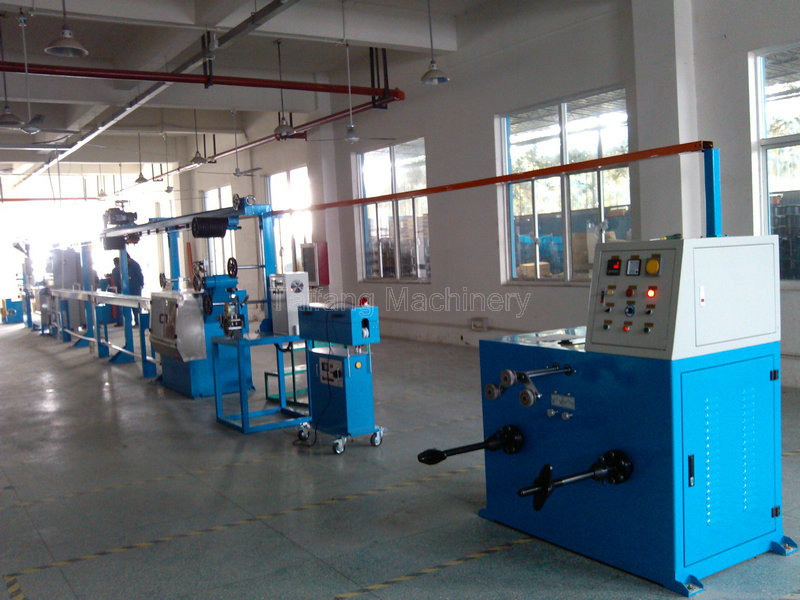熱門(mén)關(guān)鍵詞:高速押出機(jī)系列高速絞線(xiàn)機(jī)系列單絞成纜機(jī)系列雙絞成纜機(jī)系列退扭對(duì)絞機(jī)系列
聯(lián)系人:鐘先生
郵 箱:121740864@qq.com
電 話(huà):138-1293-0229
地 址:昆山市周市鎮(zhèn)盛帆路268號(hào)
"Unleashing the Power of the Automatic Casher: An In-Depth Guide to Understanding Slot Depositing Machines"
Introduction
In a world where technology reigns supreme, machines have become an integral part of our daily lives. From household appliances to transportation, the advancements in technology have made life easier and more convenient. One such machine that has revolutionized the financial sector is the automatic teller machine (ATM), commonly known as the slot depositing machine. This guide aims to provide readers with a comprehensive understanding of the workings of these machines and their role in modern society.
Table of Contents
1. The Basics of Automatic Tellers Machine (ATM)
1.1 Definition of ATM
1.2 Types of ATM Machines
2. How Does an ATM Work?
2.1 Hardware Components of an ATM
2.2 Software Components of an ATM

2.3 User Interface of an ATM
3. Advantages of Using Slot Depositing Machines
3.1 Increased Convenience for Users
3.2 Faster Transactions
3.3 Reduced Human Errors
4. Disadvantages of Using Slot Depositing Machines
4.1 Security Concerns
4.2 Cost of Maintenance and Upkeep
4.3 Limited Customer Service Options
5. Future Trends in Slot Depositing Machines
5.1 Integration with Mobile Technology
5.2 Advanced Fraud Detection Systems
5.3 Increased Personalization for Users
The Basics of Automatic Tellers Machine (ATM)
An ATM is a machine that allows users to withdraw cash, transfer funds between accounts, or pay for goods and services using their debit or credit cards. There are two main types of ATMs: traditional ATMs and slot depositing machines. Traditional ATMs require users to enter their personal identification number (PIN) and authenticate their transaction before they can use the machine. Slot depositing machines, on the other hand, allow users to insert their card directly into the machine and complete transactions without the need for manual entry of PINs.
How Does an ATM Work?
An ATM consists of three main components: hardware, software, and user interface. The hardware components include the computer, scanner, printer, and keypad, while the software components include the operating system, banking software, and communication protocols. The user interface provides a way for users to interact with the machine, either through touch screen menus or text prompts.
To use an ATM, users typically follow these steps:insert their card into the machineselect their account typeenter their PINverify the transactionamount is correctcomplete the transactionwithdrawal:insert cardselect accounttypeenter pinverifytransactionamountcorrectcompletewithdrawaltransfer:insert cardselect accounttypeenter pinverifytransactionamountcorrectcompletetransferpayment:insert cardselect accounttypeenter pinverifytransactionamountcorrectcompletepayment
Advantages of Using Slot Depositing Machines